Over the last year, Ukraine has seen a boom in lectures and workshops on “design thinking”. The concept may sound like an industry insider term used by designers, but it is actually applicable to many fields.
Also known as “human-centered design”, it is a method for creating any product that focuses primarily on the interests of the user. This approach only considers the technical and economic aspects of design after user needs have been met.
The Creators
According to some sources, design thinking was created by Hasso Plattner and David Kelly, the founders of the Hasso Plattner Institute of Design. Others say the concept originated with Herbert Simon in his 1969 book “The Sciences of the Artificial”, where he voiced the idea of design thinking. Later, this method — based on observations, experiments and rapid changes — came to be used in management. In the 1990’s, David Kelly founded IDEO, a company specializing in design thinking.
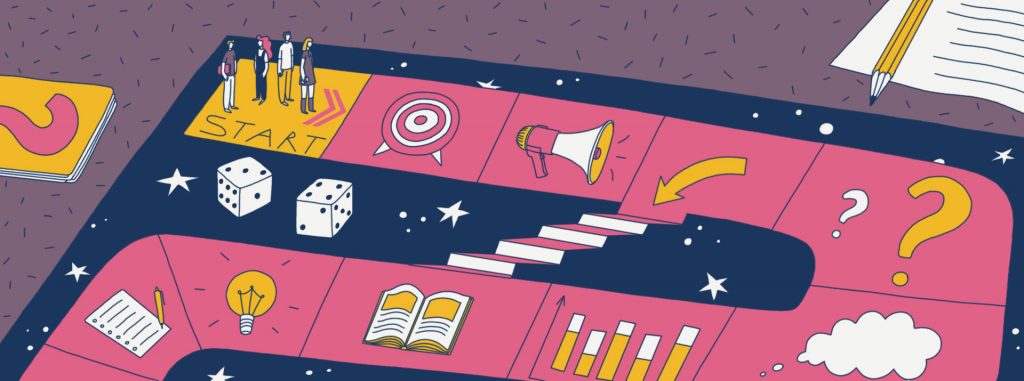
It’s difficult to say that IDEO invented something new. Essentially, they distilled the basics of engineering down to an algorithm so that it would be understandable to creative professionals and business people.
Design thinking is based upon the need to understand the user’s needs as much as possible. It represents a deep approach to identifying problems, focusing on frequent scenarios and finding optimal solutions. An excellent example of the practical application of design thinking maxims is the furniture from IKEA, which can be assembled very easily and quickly: all the details are covered and the instructions have large and easy to understand illustrations for almost every step.
Initially, design thinking was used to create physical objects. Now it can be applied anywhere: in business or even in one’s personal life. For example: Bernard Ros’s book “The Achievement Habit”, applies design thinking frequently. And rumor holds that the use of design studies turned AirBnb from a loss-making start-up into the huge global presence that it is today.

Why should a designer know this process? A designer predicts the user’s “communication” with the product, so he must be able to solve all the problems that may occur during such “communication”. Design thinking helps a designer preemptively identify these problems and solve them before the user encounters them.
It is as if the designer is a guide, walking ahead of the tour group on the road and clearing any stones, so that other people can safely pass through without trouble.
This process is divided into 5 steps.
Empathy
This is the conscious understanding of the inner world or emotional state of another person. At this stage, one should monitor users. The designer’s goal is to understand what people are doing and why. What are their needs at this moment? Does the person’s environment disturb them or help them? Are there “points of pain” at any stage of product use.
A common mistake made by designers is that they do not conduct research with real people. Avoiding “field research”, designers sometimes try to imagine themselves in the user’s place. But this is seldom a replacement for user trials. Correctly understanding the problem is the only way to find the right solution.
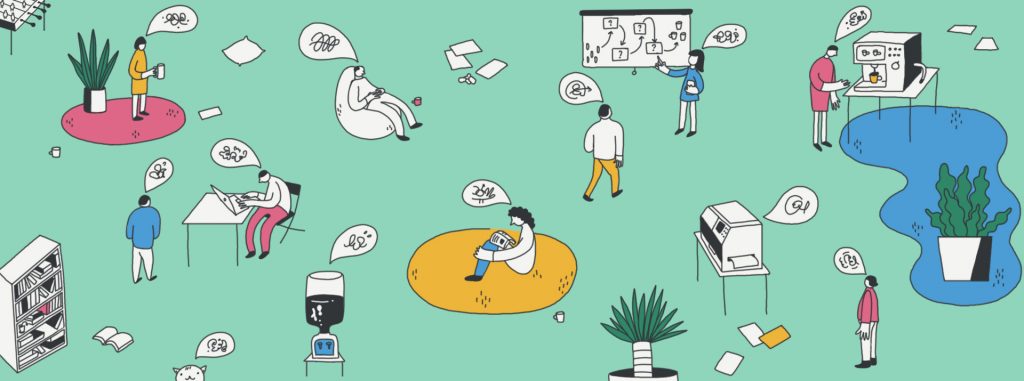
Focus
At this stage, the designer processes, organizes, and prioritizes all received information. Designers are often advised to write down or simply sketch everything from quotes to insights (new findings gathered during the observation process) on sticky notes. That way, the designer can edit his or her image of the product by simply moving the sticky note.
While processing this information, the designer can already begin to see a portrait of the user groups and templates of their behavior. However, the most important task is to highlight the key problems that need to be solved.
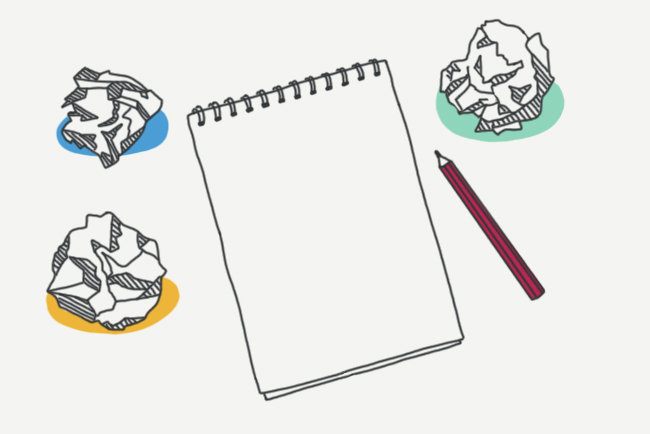
Generation
In this step, the designer generates as many ideas as possible — everything that comes to mind, from the primitive and obvious to the absurd and impossible. Designers are often advised not to self-criticize at this stage in order to avoid psychological blocks during the brainstorming session.
After this brainstorming, you can select the best ideas. It is even possible to create several categories: for example “the most rational idea”, or the “ideal product when the level of technology increases”.
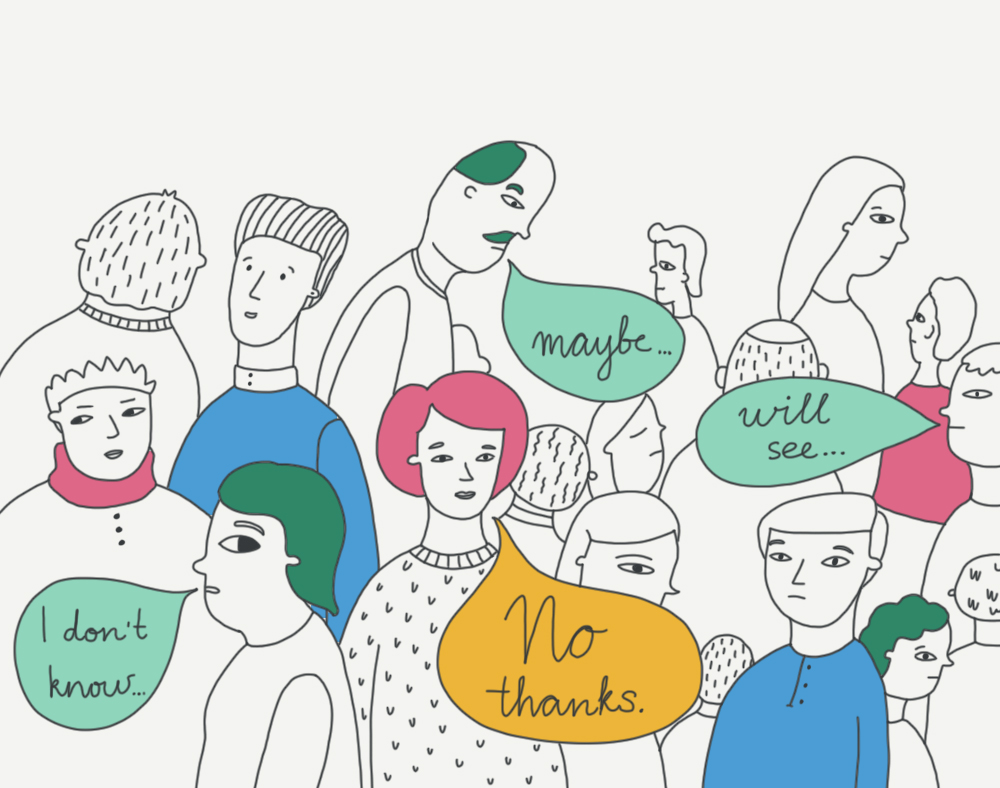
Prototyping
This step involves creating a quick layout that can be tested and evaluated to measure how successful the solution was. The designer shouldn’t look at the composition or the color combinations. At this early stage, the prototypes are made as simply as possible. After all, often you have to make several lay-outs to find an optimal solution.
You can make a quick prototype for a game or application using only paper — just draw and cut out the screens you need. This allows you to create a lot of solutions quickly and inexpensively.
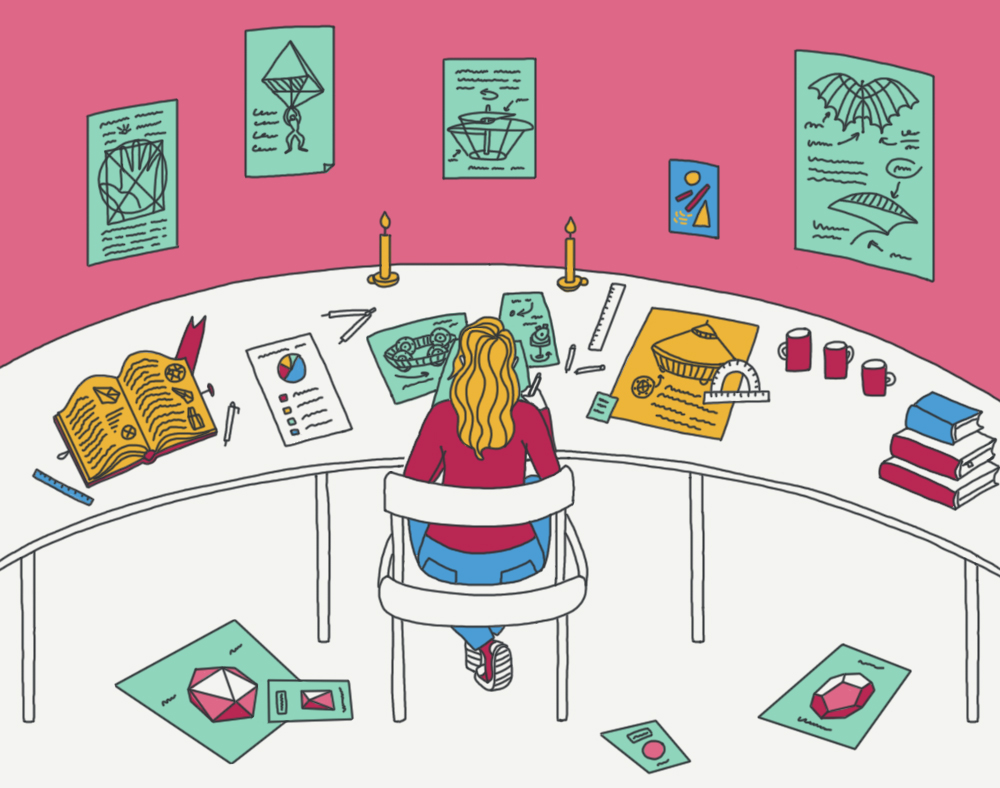
Testing
At this stage, go through every step you want the user to take. This process reveals whether the designer has missed a step. Is the solution clear to the user? Is it physically convenient?
For example, testing can show that it is necessary to alter the prototype or even return to the idea generation stage. And this process can be repeated several times until the desired result is obtained.
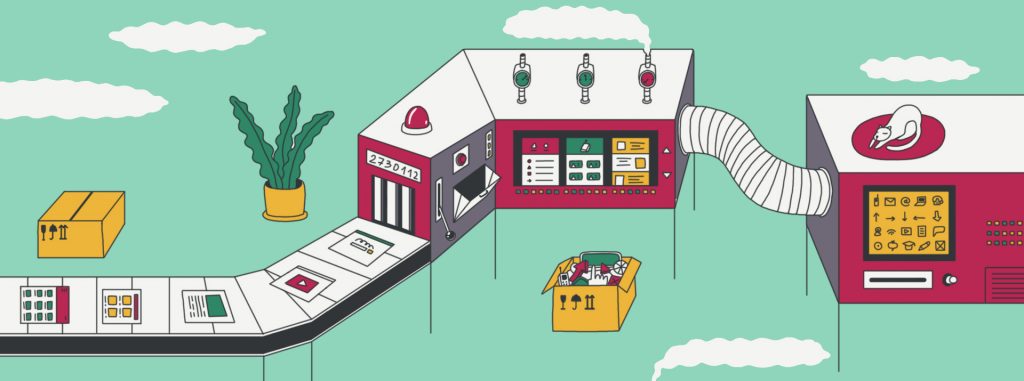
Taken together, these five steps constitute the fundamentals of design thinking. And while human-centered design is a much deeper and more complicated discipline than this one article, even the basics can be successfully applied in many a field. So get out there and start designing!
Maria Yushuk is a senior designer with the Beetroot Academy.




































